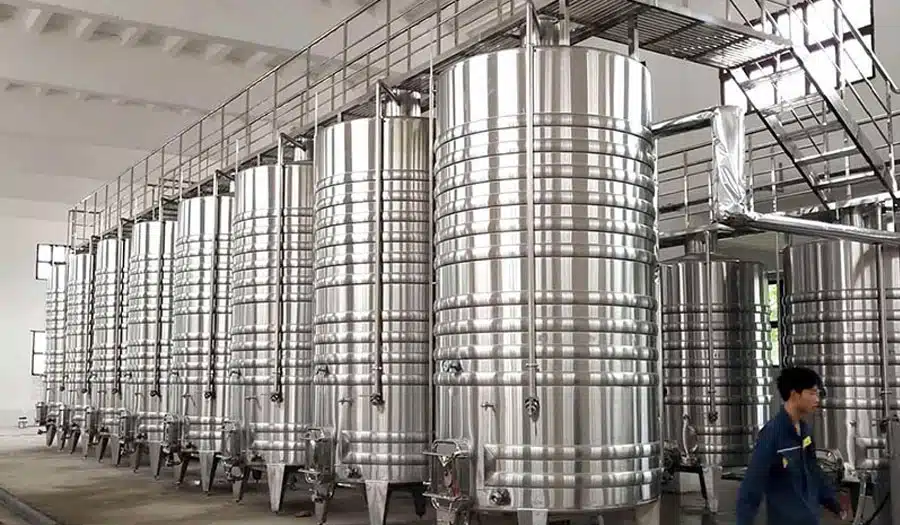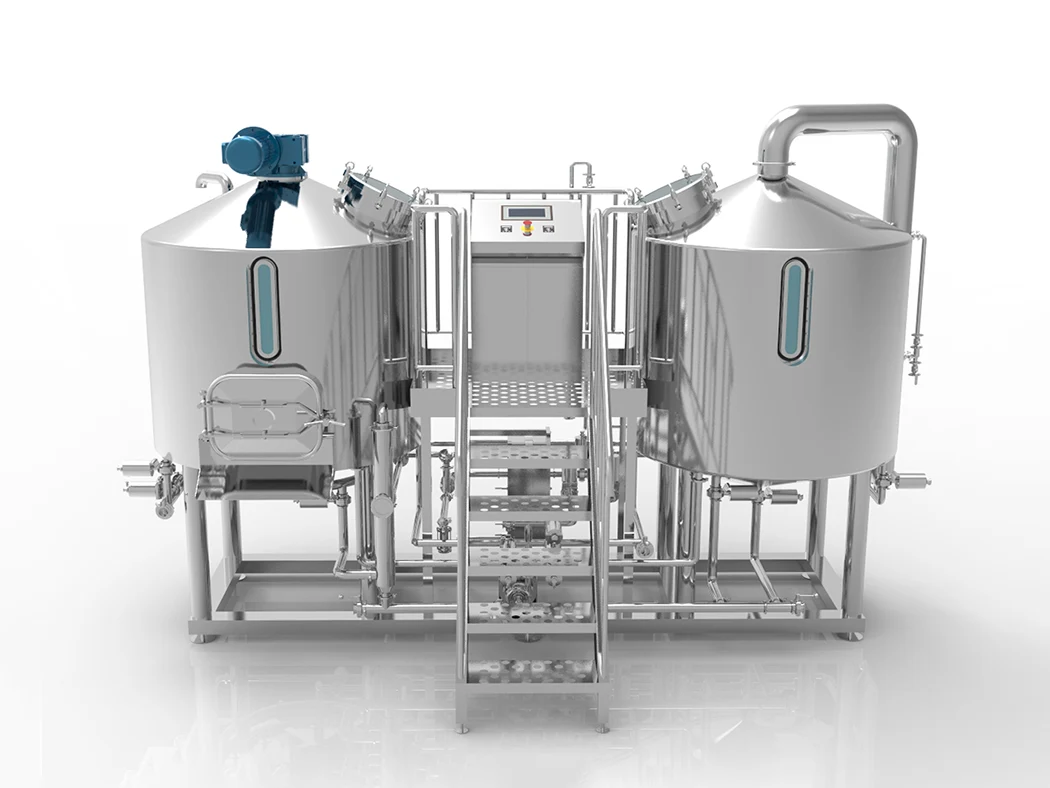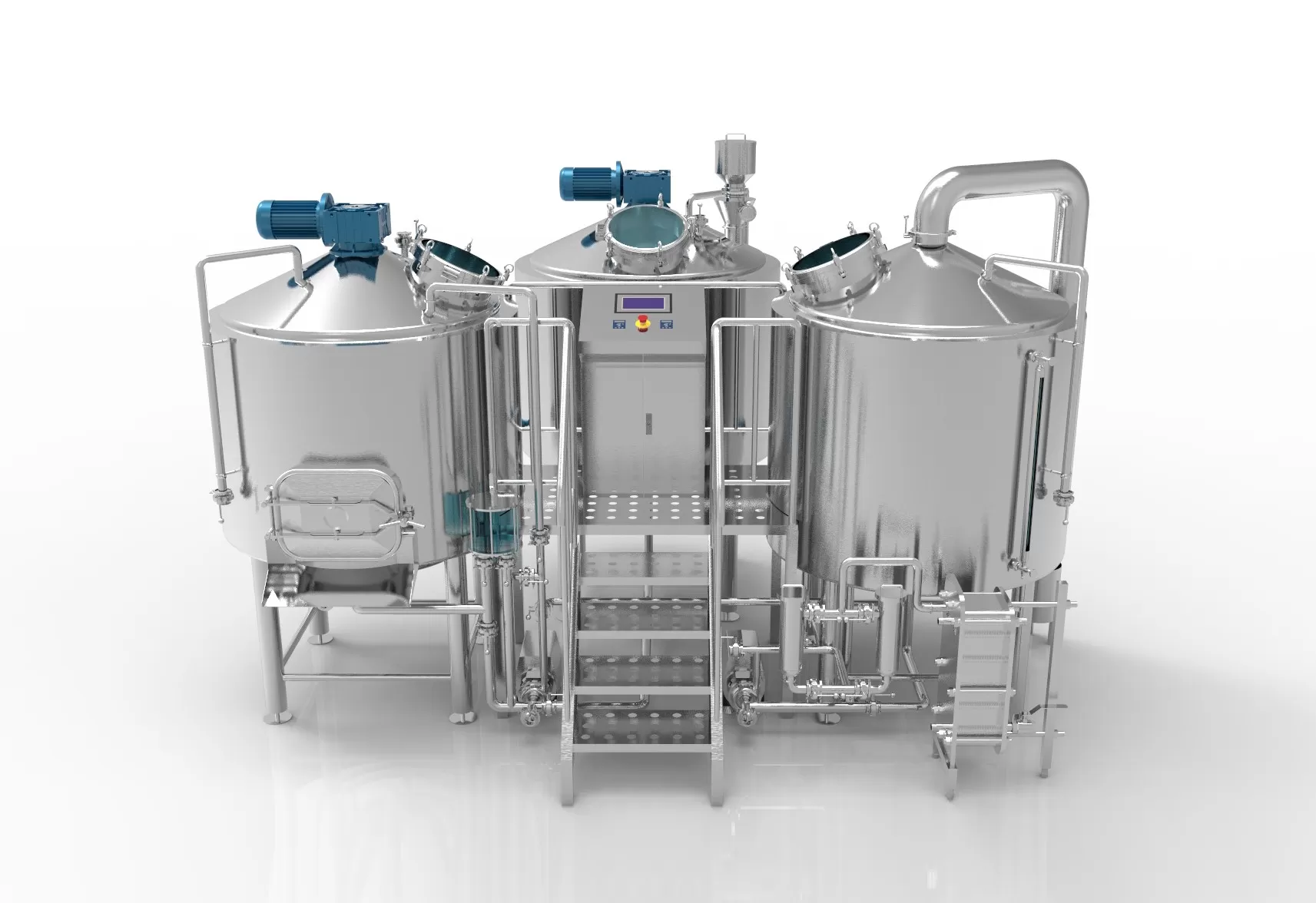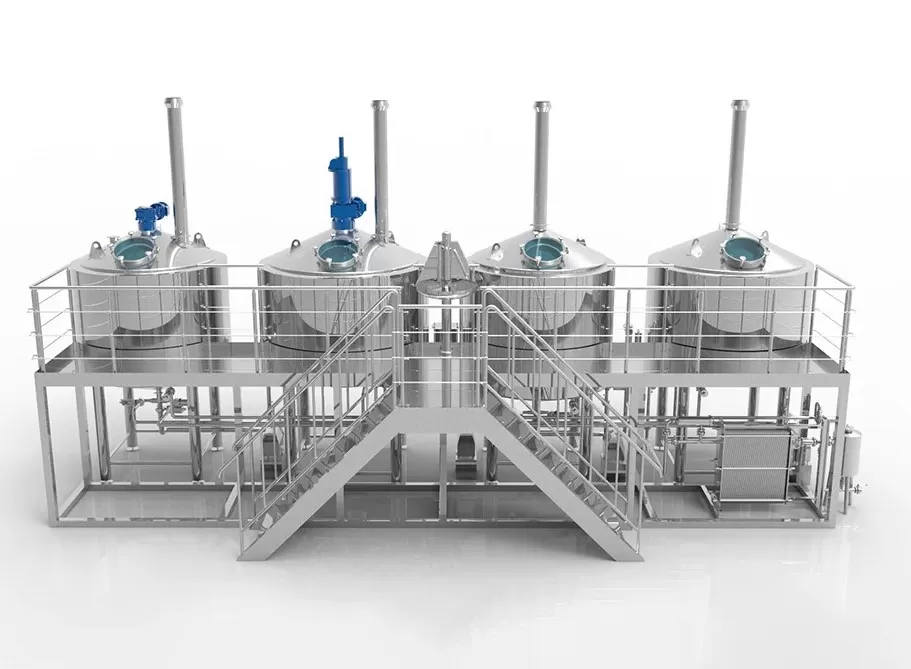Why Your Wine Quality Depends on Your Tank Choice
Are you struggling with inconsistent wine quality? Do your batches vary too much? The problem might be your fermentation tanks.
Many winemakers face this big issue. They use old tanks that let oxygen in. This ruins the wine. It makes it taste bad. The wrong tanks waste time and money.
Think about this: You work hard on your wine. You pick the best grapes. You use good yeast. Then your tank ruins everything. How sad!
The solution is simple: high-quality stainless steel wine fermentation tanks. These tanks keep air out. They help make wine that tastes the same batch after batch.
At Micet, we’ve seen this problem for 15 years. Our team knows how to fix it with the right tanks. Our CEO Nancy has talked with over 1000 wineries in 86 countries about this very issue.

Top 5 Benefits of Stainless Steel Tanks vs. Traditional Fermenters
Why do pro wineries love stainless steel? Here are the top reasons:
- Oxygen Prevention: Floating lid systems keep air away from your wine. This means better taste and longer shelf life.
- Durability: Tanks made with 304 stainless steel last for years. They don’t rust or break down like other tanks.
- Scalability: You can start small with 50L tanks and grow to 300L without changing your process.
- Multi-Purpose Use: These tanks work for wine, beer, kombucha, and cold brew coffee.
- Professional-Grade Hygiene: Clean tanks mean clean wine. Stainless steel is easy to clean and keeps germs away.
Our Premium Wine Fermentation Tanks and Winery Equipment Solutions include all these benefits, backed by our team’s 22 years of brewing process design experience.
Key Features to Compare When Choosing Tanks
When you shop for tanks, look at these key things:
Floating Lid Systems
| Type | How It Works | Best For |
|---|---|---|
| Inflatable Bladder | Air-filled ring seals lid | Small batches |
| Weighted Design | Heavy lid sits on wine | Large production |
Valves & Ports
Good tanks have ½” stainless ball valves. These let you take samples and drain wine easily. Cheap tanks have plastic valves that break and leak.
Temperature Control
Temperature matters for wine taste. Look at these options:
- Jacketed tanks: Control heat with water systems
- Non-jacketed tanks: Use room temperature (less control)
Micet’s quality inspectors, with 11 years of expertise, ensure every tank valve meets our strict standards before shipping.
Step-by-Step Guide: Choosing Your Tank
1. Determine Batch Size
Match your tank to how much wine you make:
| Tank Size | Wine Amount | Good For |
|---|---|---|
| 50L | 13 gallons | Home use |
| 100L | 26 gallons | Small winery |
| 200L | 53 gallons | Medium winery |
| 300L | 79 gallons | Large winery |
Our 1000L Beer Brewing System shows how we scale solutions based on production needs.
2. Space Planning
Think about where your tank will go:
- Weight: Full 100L tank = 220 pounds
- Height: Need room to work on top
- Door size: Must fit through doors
3. Budget Breakdown
How much should you spend?
- Entry-level: $500-$1,200 for home use
- Pro-grade: $2,800-$6,500 for commercial use
With Micet’s 3-year warranty on tanks, your investment is protected for years of production.
4. Must-Have Accessories
Don’t forget these key items:
- Waterless airlocks: Keep oxygen out
- Lid pumps: Seal lids tight
- Yeasting platforms: Add yeast the right way

Maintenance Masterclass
Daily Care
Keep your tanks clean:
- Rinse with hot water
- Clean with sodium percarbonate or Star San
- Rinse again
- Let dry fully
Long-Term Upkeep
Prevent problems with these steps:
- Check ball valves for buildup
- Test seals for leaks
- Look for scratches or dents
Troubleshooting
Fix common issues:
- Leaky airlock? Replace gasket
- Lid seal failing? Clean and re-seat
- Valve stuck? Soak in cleaner
Our service team, with 22 years of experience, offers solutions for these common issues through our 12 global service centers.
Buyer’s Toolkit
Trusted Suppliers
Look for these marks of quality:
- Food-grade certificates
- Thick steel (1.5mm+)
- Good welds with no gaps
Micet’s production director, with 13 years of experience, insists on premium materials that exceed industry standards.
Red Flags
Stay away from:
- Thin steel (less than 1.5mm)
- Non-food-grade welds
- Missing certificates
Case Study: Cost Savings
A California vineyard switched to variable-capacity tanks and saved 30% on costs. They:
- Cut fermentation time from 14 to 11.5 days
- Saved $7,200 per year on oak barrels
- Had fewer bad batches due to oxygen
This mirrors the results we’ve seen when helping set up over 1000 breweries and wineries across 86 countries.

Analysis: Cost Over Time
Look at the long-term costs:
- Plastic fermenters: $0.80 per liter over 5 years (need replacing)
- Stainless steel tanks: $0.12 per liter over 5 years (last longer)
The math is clear. Stainless steel costs less in the long run.
Types of Stainless Steel Wine Tanks
Variable Capacity Tanks
These tanks have floating lids. The lid moves down as wine volume drops. This keeps air away from the wine.
Conical Fermenters
These have cone bottoms. Sediment falls to the point of the cone. This makes wine more clear.
Open-Top Fermenters
Best for red wine that needs oxygen at first. They have wide mouths for easy access.
Aging Tanks
Used for long-term wine storage. They keep a tight seal for months or years.
Our Stainless Steel Fermentation Tank & Bright Tanks come in all these styles to match your specific winemaking needs.
Multi-Use Applications
Your tank can do more than just make wine!
Kombucha Production
The same tanks work great for kombucha. They keep the SCOBY happy and the brew clean.
Cold Brew Coffee
Make large batches of cold brew in your wine tanks. The stainless steel won’t add any taste.
Cider Making
Apple cider needs the same clean, air-free space as wine.
This versatility is why our Kombucha Fermentation Tank systems have become so popular among craft beverage producers.
Professional Features That Matter
Not all tanks are the same. Pro tanks have:
- CIP capabilities: Clean-in-place systems save time
- Sanitary welds: No cracks where germs can hide
- Temperature probes: Know how hot your wine is
- Pressure gauges: Track fermentation progress
- Sampling ports: Taste without opening the tank
Stainless Steel Wine Tanks:
Key Performance Insights
Cost Analysis (5 Years)
Plastic: $0.80/L
Stainless: $0.12/L
Fermentation Efficiency
- 18% faster cycles
- $7,200 annual savings
- 30% fewer defects
FAQs About Stainless Steel Wine Tanks
Can I age wine AND ferment in the same tank?
Yes! With floating lid tanks, you can ferment and then age in one tank. The lid adjusts as the wine volume changes.
Are stainless tanks worth it for small batches?
Yes! Over 5 years, stainless tanks cost less than glass carboys. They also break less and make better wine.
How do I prevent metallic taste?
Good 304 stainless steel won’t add metal taste to wine. Make sure your tank has food-grade certification.
How long do stainless tanks last?
With proper care, a good stainless tank can last 20+ years. That’s why Micet offers a 3-year warranty on all our tanks.
Can I move my tank when it’s full?
Small tanks (50-100L) can move when full if they have wheels. Bigger tanks should be empty when moved.
Making The Right Choice
The tank you pick will shape your wine for years. Good tanks mean good wine. Bad tanks mean bad wine. It’s that simple.
Think about:
- How much wine you make
- Your space
- Your budget
- How long you plan to make wine
With our 15 years of experience at Micet, we’ve helped winemakers make this choice thousands of times across 86 countries.
Conclusion: Invest In Quality
Your wine deserves the best start in life. Stainless steel tanks give your wine that start. They keep air out. They stay clean. They last for years.
Good tanks cost more at first. But they save money over time. They make better wine. They make winemaking more fun.
Whether you’re a home winemaker or run a big winery, the right tanks matter. Choose tanks that grow with you. Choose tanks that make great wine easy.
With proper tank selection, your wine will be more consistent, taste better, and make you proud. And isn’t that why we make wine in the first place?
This guide was compiled using data from HomeBrewIt.com, Great Fermentations, Southern Homebrew, and LSI1.com, along with insights from Micet’s 15 years of brewing equipment expertise.



